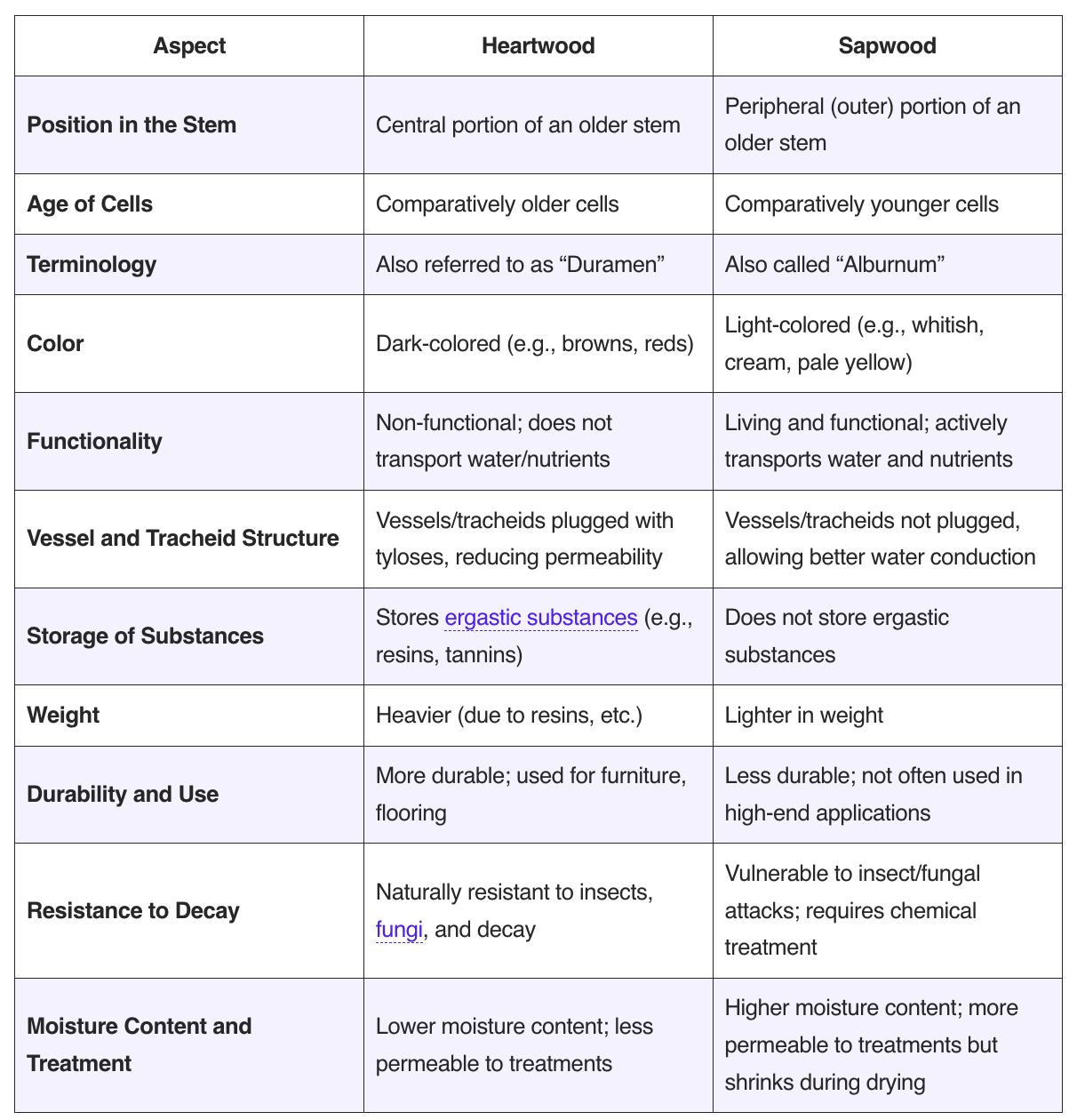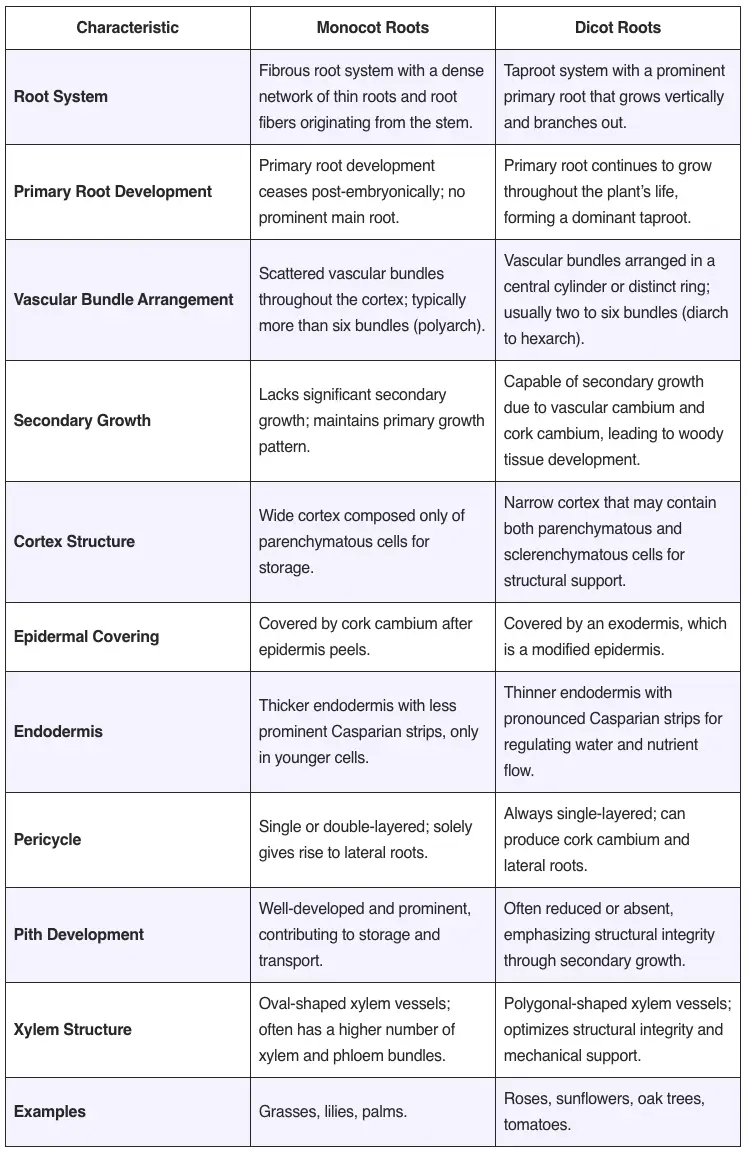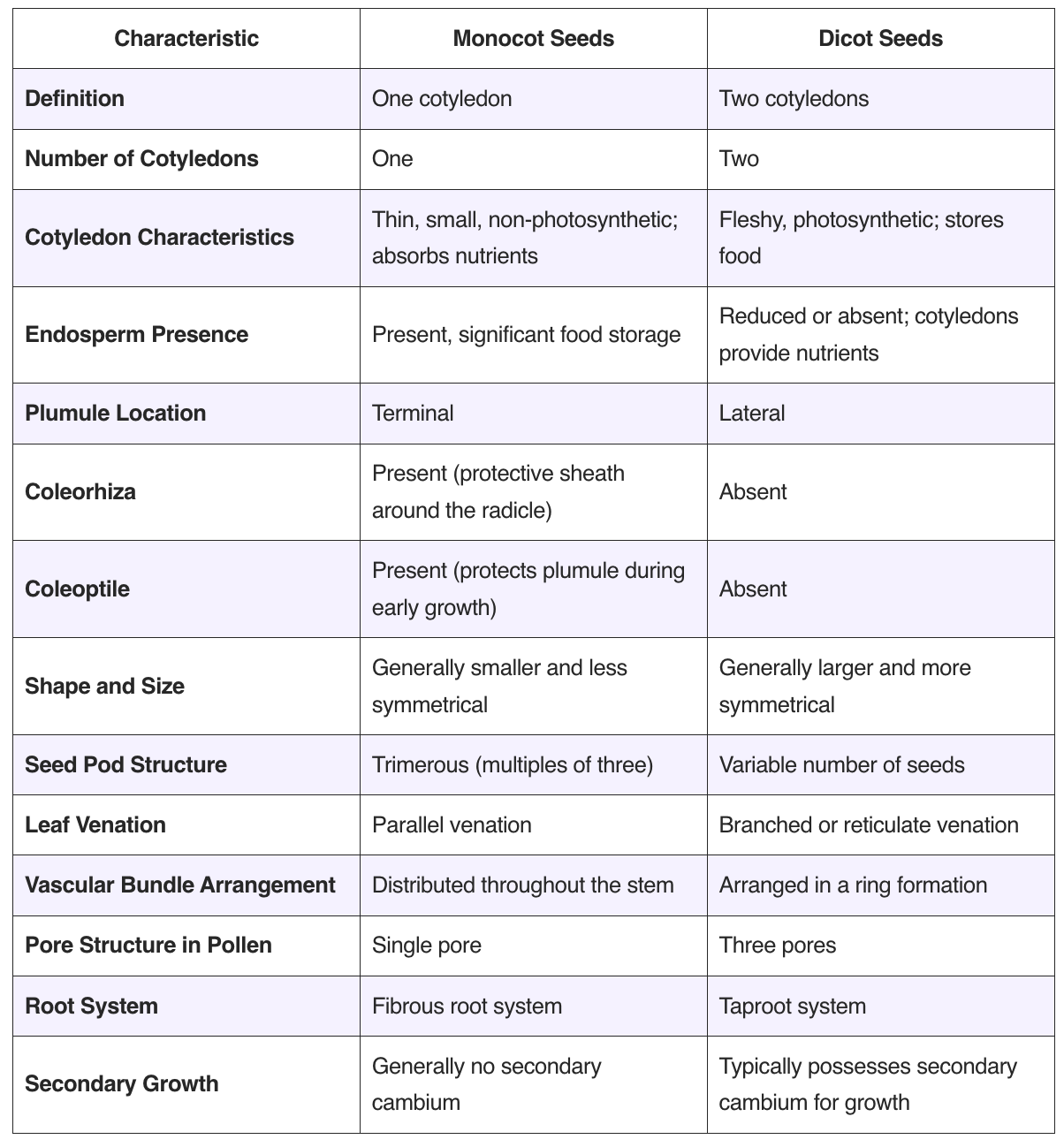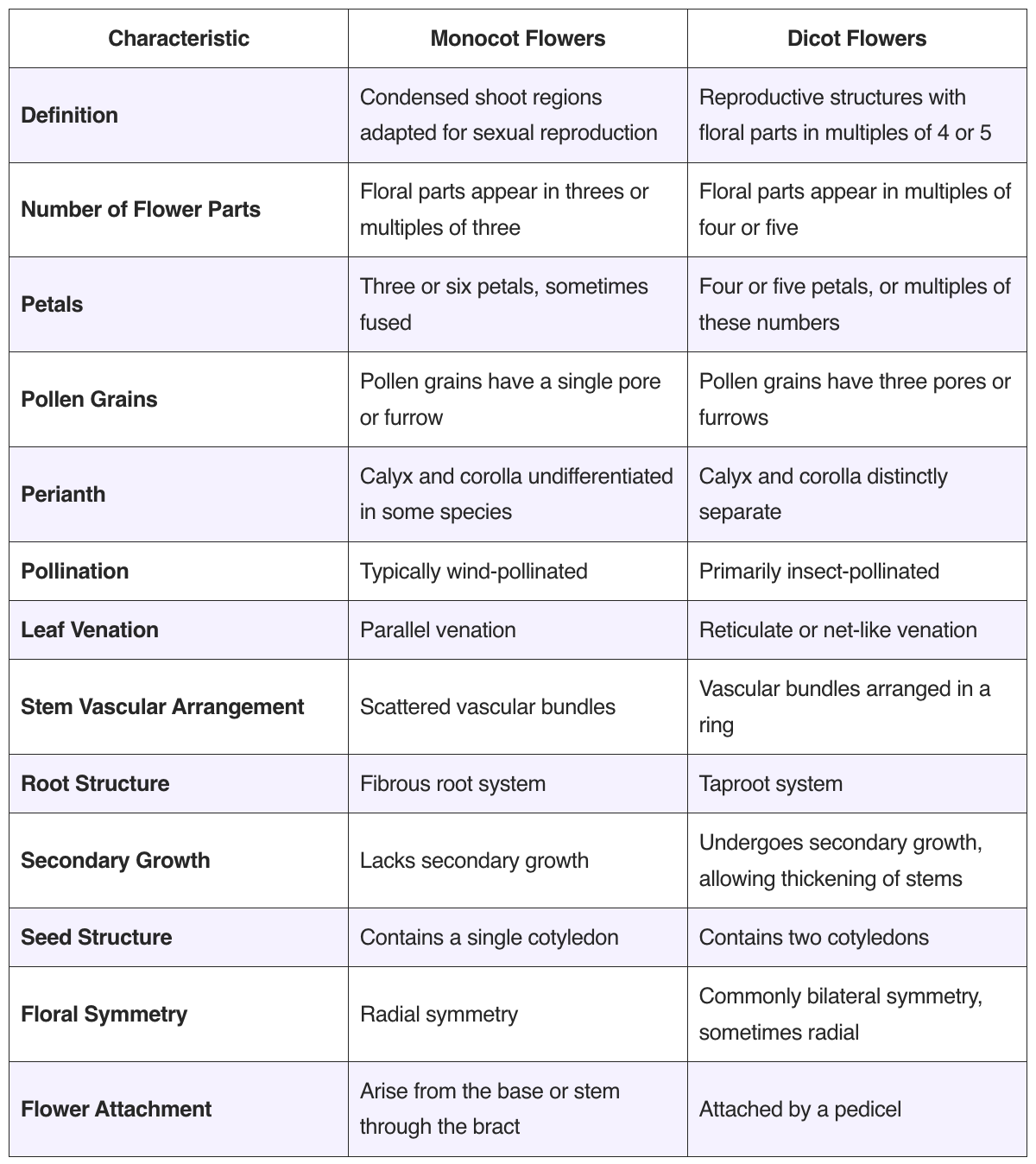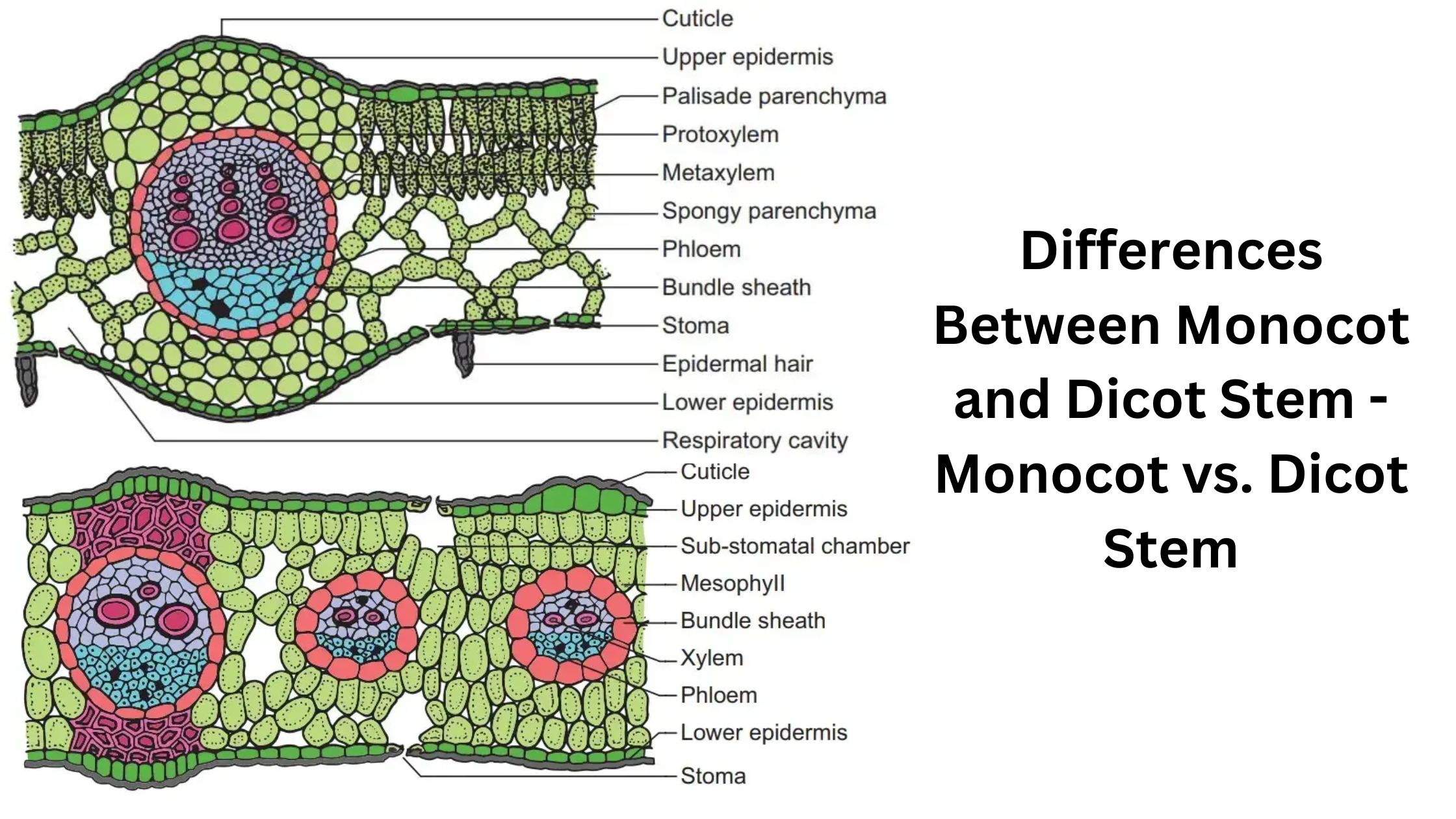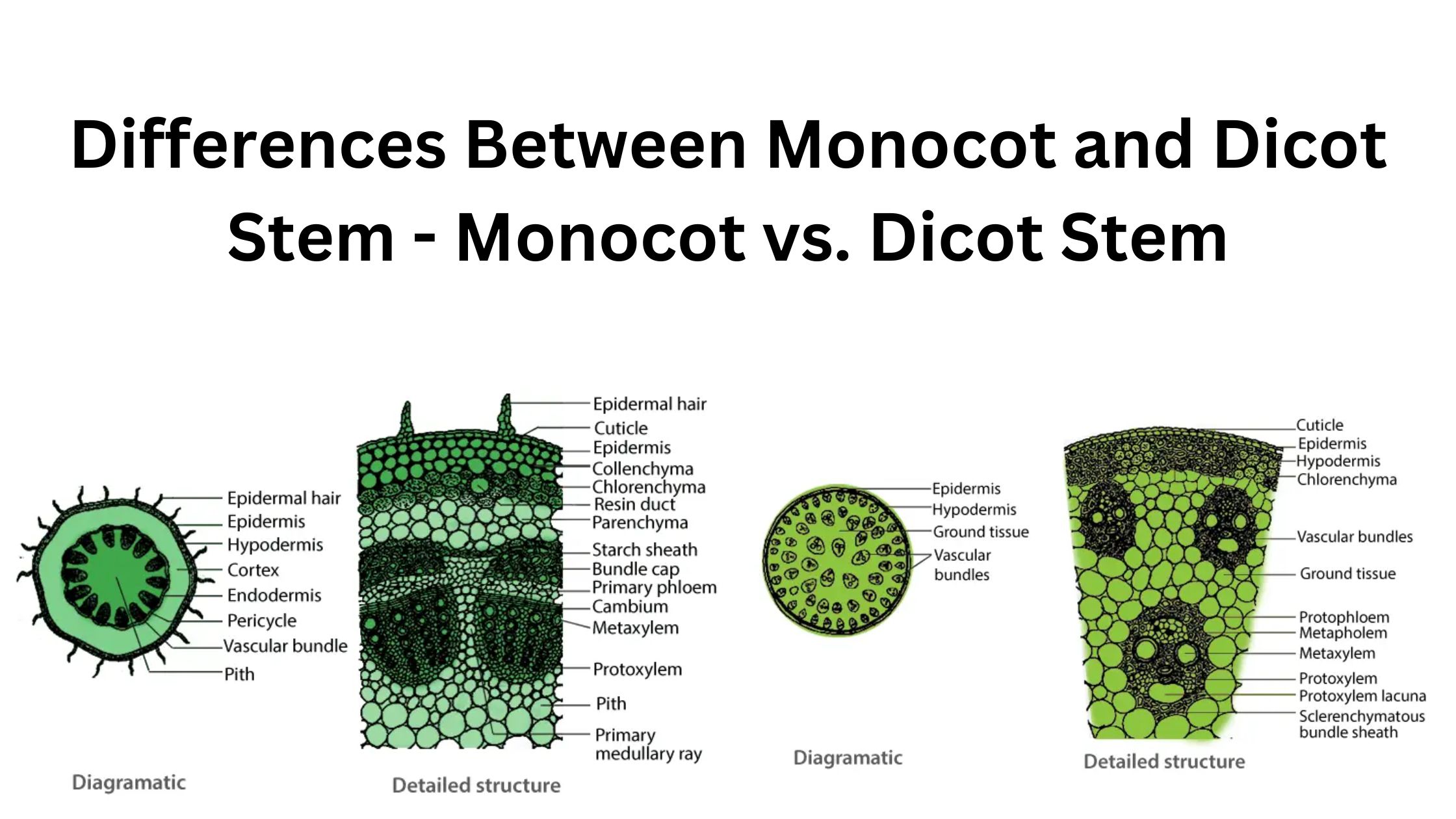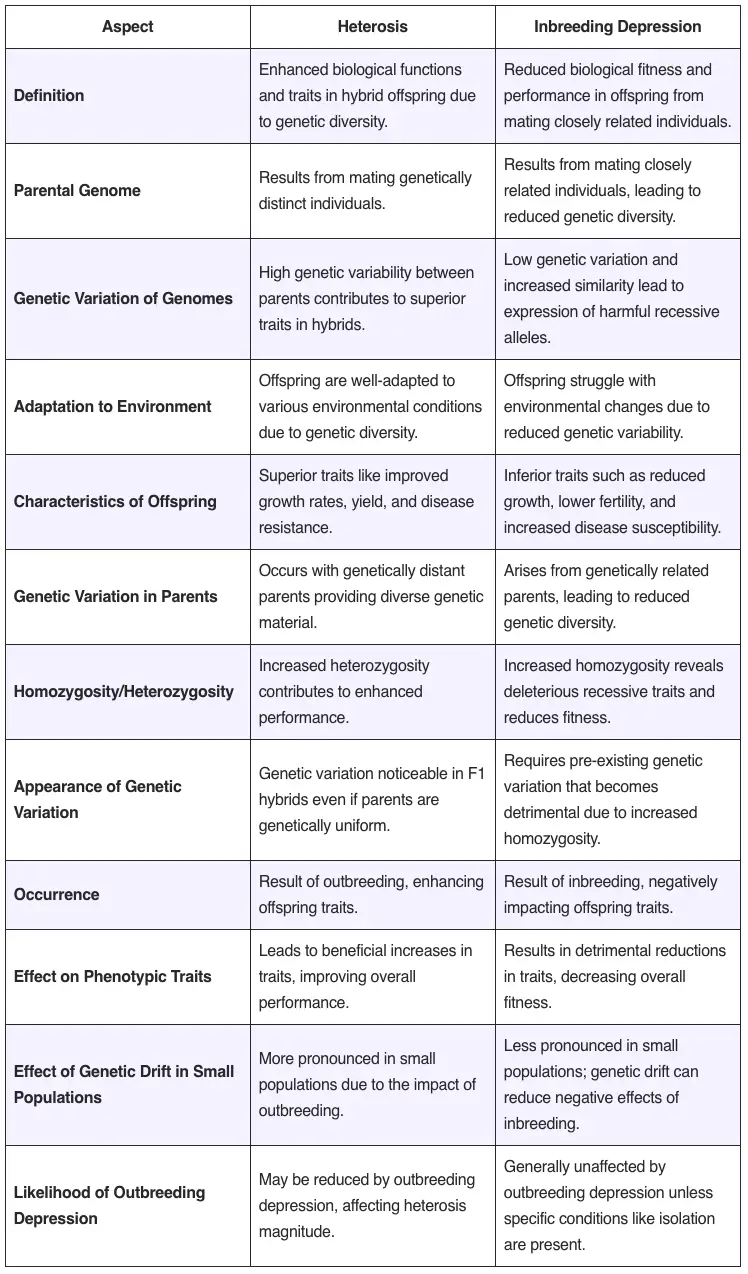Glycogenesis vs Glycogenolysis
What is Glycogenesis? What is Glycogenolysis? Differences between Glycogenesis and Glycogenolysis – Glycogenesis vs Glycogenolysis Glycogenesis and glycogenolysis are two key metabolic processes that govern the storage and release of glucose in the body. While they are related, they have opposing functions. Glycogenesis stores glucose in the form of glycogen, whereas glycogenolysis breaks down glycogen … Read more



